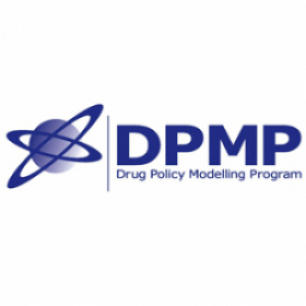EXECUTIVE SUMMARY
Frequent debate about criminal justice responses to personal use and possession of illicit drugs prevails in the Australian context, particularly about whether or not current responses are effective or even cost-effective (Bammer, Hall, Hamilton, & Ali, 2002; Douglas & McDonald, 2012; Wodak AM, 2014). Yet systemic gaps in knowledge exist about how Australian drug laws are actually enforced, including to what extent people who come to the attention of Australian police for an offence of illicit drug use and possession end up prosecuted or receive a sentence of imprisonment for these offences alone. More importantly, there is no knowledge on the extent to which people get diverted away from a formal criminal justice system response.
This is a notable omission, as diversion, whereby offenders are diverted away from criminal justice sanctions or into drug education/treatment, constitutes one of the core drug policy responses to illicit drug use and drug-related offending in Australia (Ritter, Lancaster, Grech, & Reuter, 2011). Drug diversion programs have been supported in Australia since the 1980s, albeit significantly expanded post the introduction of the Illicit Drug Diversion Initiative (IDDI) in 1999: a national agreement to divert offenders into drug education/treatment (Hughes & Ritter, 2008). There is now a large evidence-base showing the benefits of diversion, including reductions in the burden on police and courts, reductions in recidivism, increasing treatment uptake and improved social outcomes (AIHW, 2014; Mazerolle, Soole, & Rombouts, 2006; Payne, Kwiatkowski, & Wundersitz, 2008; Shanahan, Hughes, & McSweeney, 2017a). In recent years both the National Ice Taskforce (Lay, 2015) and the National Drug Strategy 2017-2026 (Commonwealth Department of Health, 2018) include commitments to expanding this practice and enhancing systems to facilitate greater diversion.
In order to achieve these goals, further work is necessary, to quantify the “reach” of drug diversion programs (that is what proportion of people detected for use/possession in Australia are diverted away from criminal justice proceedings), and to identify how to expand drug diversion across Australia.
This project sought to provide the first comprehensive analysis of Australian criminal justice responses relating to personal use and possession of illicit drugs and the reach of Australian drug diversion programs.


